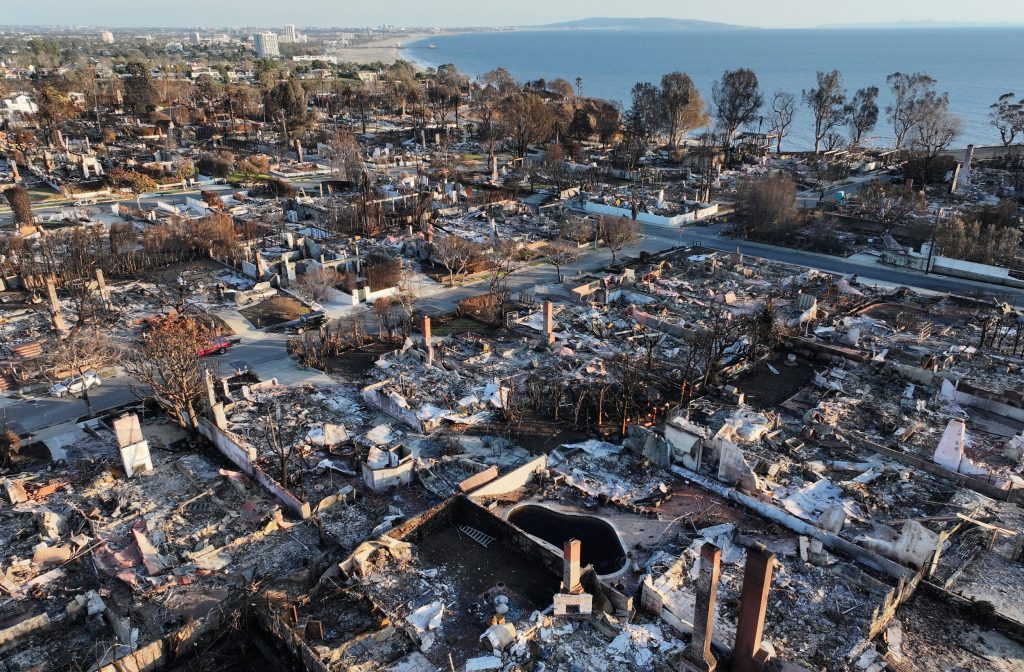The devastating wildfires that ravaged Southern California in January 2025 have ignited a firestorm in the insurance industry, culminating in State Farm, California’s largest home insurer, requesting a substantial rate hike. The company seeks a 22% increase for homeowners, 15% for condo owners, and a staggering 38% for rental properties, citing the immense financial burden of covering wildfire-related claims. This request comes as the company grapples with escalating rebuilding costs and the increasing frequency of climate change-driven disasters. State Farm argues that this drastic measure is necessary to maintain solvency and prevent a complete withdrawal from the California market, a scenario that would further destabilize the state’s already precarious insurance landscape.
The financial strain on State Farm is evident. At the start of 2024, the company had $1 billion allocated for claims payouts. By February 2025, that entire sum had been exhausted solely on claims related to the Los Angeles wildfires. This rapid depletion of resources underscores the severity of the situation and the unprecedented financial challenges posed by these catastrophic events. With over 2.8 million policyholders in California, representing 20% of all premiums in the state, State Farm reported a net loss of $880 million in 2023. This financial vulnerability, coupled with the escalating risk of future wildfires, has driven the company to halt new policy sales in California for over a year and consider non-renewing thousands of existing policies.
The proposed rate hike has sparked a mixed reaction. State Farm defends its request, asserting that higher risks necessitate higher premiums, a fundamental principle of insurance. The company emphasizes the need to align costs with the escalating risks associated with operating in California, highlighting the substantial increase in wildfire-related claims. They maintain that this increase is crucial for rebuilding capital and ensuring the long-term viability of their operations in the state. However, some financial experts and residents express concerns about the magnitude of the increase, particularly in light of previous rate hikes. They argue that past increases should have already factored in the inherent risks of natural disasters prevalent in California. This sentiment underscores a growing frustration among consumers grappling with the escalating costs of insurance.
The California Department of Insurance, headed by Commissioner Ricardo Lara, acknowledges the urgency and complexity of the situation. They have pledged a swift and transparent response, aiming to protect consumers while maintaining the stability of the residential property insurance market. This delicate balancing act requires careful consideration of the competing interests of insurers and policyholders. Finding a solution that addresses the financial challenges faced by insurers without unduly burdening consumers will be a paramount concern for the Department.
This situation in California reflects a broader national trend of rising insurance costs driven by the increasing frequency and severity of climate change-related events. Experts warn that the financial burden of these disasters extends far beyond the directly impacted regions. As insurers grapple with escalating claims payouts, they distribute the costs across their entire customer base, leading to rising premiums even in areas with lower risk profiles. This interconnectedness of the insurance market highlights the shared responsibility for mitigating climate change and adapting to its inevitable consequences.
The long-term implications of this trend are significant. Rising insurance premiums, coupled with increasing property taxes, contribute to the growing unaffordability of homeownership, particularly in high-risk areas. As insurance costs become a major financial barrier, families face increasing difficulties in purchasing or maintaining their homes. This trend underscores the urgent need for comprehensive solutions that address the root causes of climate change, enhance disaster preparedness, and ensure the affordability and accessibility of insurance coverage for all. The future of homeownership, particularly in vulnerable regions, hinges on the ability to manage and mitigate the escalating risks associated with a changing climate.










